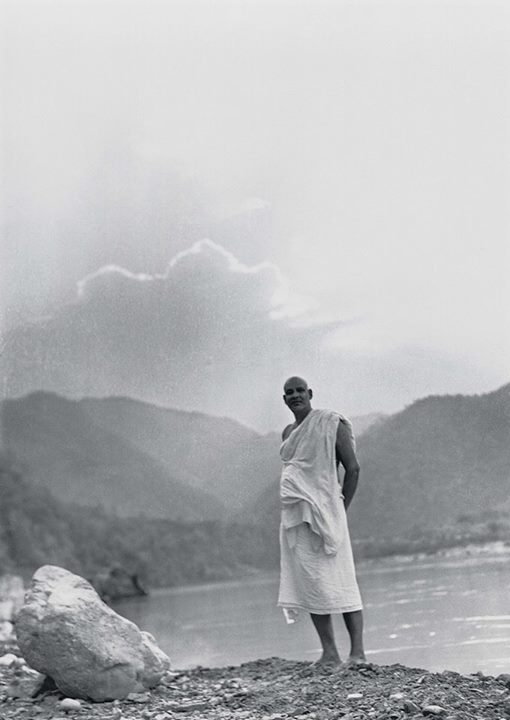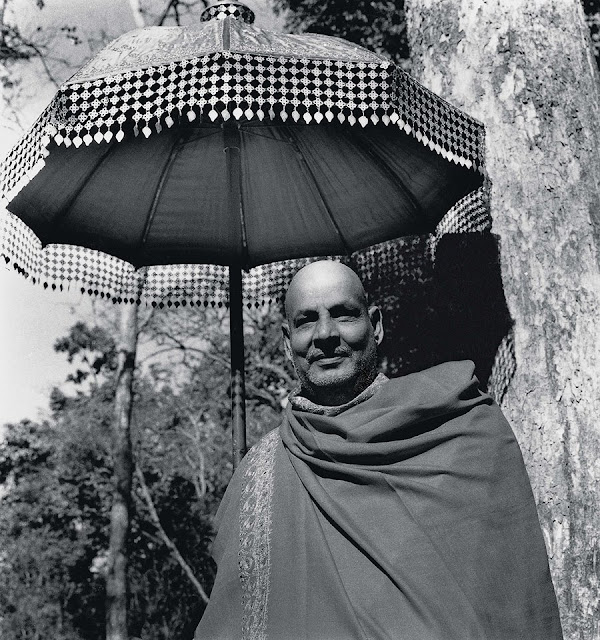Sivananda's Personality - 8.

The late Swami Tapovan of Uttarkashi, who knew the Master from the latter’s Swarg Ashram days, traced the boundless love and modesty of the Master to what he called the "Sarvatma Bhava", the saintly vision which saw God in all, which saw the self-same Spirit pervading all creation. "When I remember Swami Sivanandaji," he said in a birthday tribute, "this quality of that great saint comes to my remembrance more readily than his learning, authorship, religious leadership and all the other uncommon qualities and activities." In the early days of their Sadhana, the Master once went to Swami Tapovan and said, "A Bengali Sadhu is staying with me. For the last few days he has been very ill. I have been trying to get a little milk for him. I have gone from Ashram to Ashram just to obtain a few ounces, but no one has any. There seems no way of getting it except from some shop. If only I had two annas..." And the Master lapsed sadly int...







